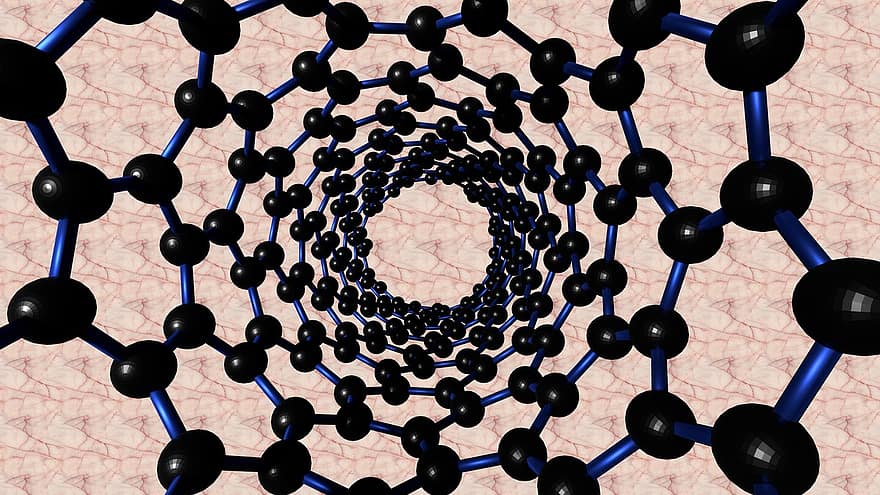The humble mushroom has been roped into service in one of the great technological quests of our time, to extend the lifespan of batteries. Not just any mushrooms will do however, these are culinary favorites: Portobello mushrooms.
A generation in love with its phones and other mobile devices craves long-lived batteries, and on a larger scale electricity storage devices are essential for clean but intermittent sources such as solar and wind to replace fossil fuels.
While many emerging competitors exist, lithium ion batteries currently dominate the market and are the basis for what is likely to be its immediate future.
Existing lithium-ion batteries use graphite for the anode, which requires a high standard of purification, accounting for a significant portion of the cost. Graphite anodes also degrade relatively quickly, interfering with long-term storage capacity. The ideal replacement would contain plenty of salt to act as an electrolyte, be porous enough to leave plenty of space to hold lithium and could be grown naturally.
A team at the University of Riverside, possibly inspired by a brainstorming session over pizza, have met success with the skins of Agaricus bisporus, known as Portobello mushrooms when mature, or as white or brown mushrooms when immature.
«With battery materials like this, future cell phones may see an increase in run time after many uses, rather than a decrease, due to apparent activation of blind pores within the carbon architectures as the cell charges and discharges over time,» said University of California, Riverside graduate student Brennan Campbell in a statement. Campbell is the first author of a paper in Scientific Reports revealing that batteries made with these anodes cannot yet match alternatives on first use, but catch up over with every cycle of charge and discharge.
The mushrooms hold abundant potassium salt, and are grown so widely that the cost of the raw materials is not a problem. When heated above 900 degrees Celsius (1,650 degrees Fahrenheit) the mushroom skins take on a porous structure of what the paper calls “nanoribbons with a sometimes wrinkled appearance”. The pores formed range in size from less than a nanometer to tens of nanometres across. Not only is this a desirable size for holding the lithium, but the high potassium content of the skin makes the material “self-activating” making its own charge carrying pores., according to the paper, unlike carbon from other sources that have been tried in the past, such as coffee shells.
Anodes made in this way “are far superior to graphite-based electrodes,” the paper notes, “Due to their higher utilization of total electrode weight as active material, and minimal processing. In turn, this translates to batteries with higher energy density, lower cost, and lower environmental impact.”
Trials of the mushroom skins baked in slightly different manners produced impressive results, with some versions having better starting performances, while others got better more rapidly with additional charge/discharge cycles.
Eating 100 grams (3.5 ounces) of raw mushrooms will give you 93 kilojoules of energy (22 calories), but that could be a small down payment on the charge they could store for your electric car.












